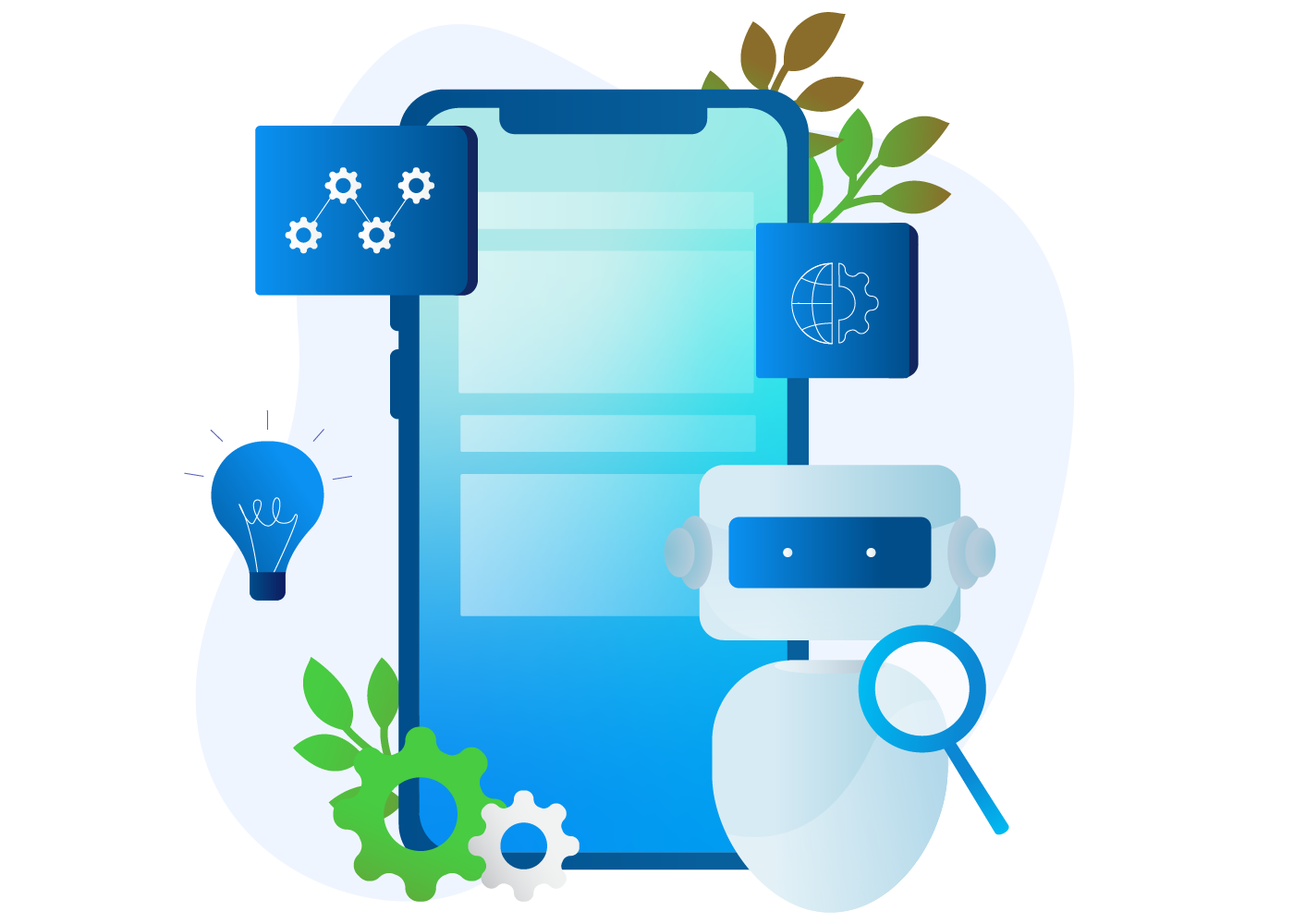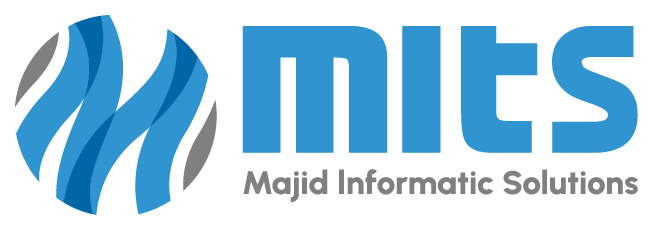1. Enterprise Mobility Management (EMM)
Manages mobile devices, applications, and content within the organization, enforcing security policies, and ensuring compliance.
Offers features such as mobile device management (MDM), mobile application management (MAM), and mobile content management (MCM).
2. Mobile Application Development
Develops custom mobile applications for internal use or customer-facing applications to enhance engagement and productivity.
Utilizes cross-platform development frameworks, native development tools, or low-code/no-code platforms to accelerate app development.
3. Mobile Device Security
Implements security measures such as device encryption, biometric authentication, remote wipe, and containerization to protect sensitive data on mobile devices.
Utilizes mobile threat defense (MTD) solutions to detect and mitigate mobile security threats such as malware, phishing, and data leakage.
4. Mobile Collaboration and Productivity
Deploys mobile collaboration tools, such as messaging apps, video conferencing, and document sharing platforms, to enable remote work and enhance productivity.
Integrates with existing productivity suites and business applications to provide seamless access to information and resources on mobile devices.
5. Location-Based Services and Contextual Computing
Leverages location-based technologies, such as GPS and beacons, to deliver personalized experiences, location-aware services, and targeted marketing campaigns.
Utilizes contextual computing to analyze user behavior, preferences, and environmental factors to deliver relevant information and services in real-time.


